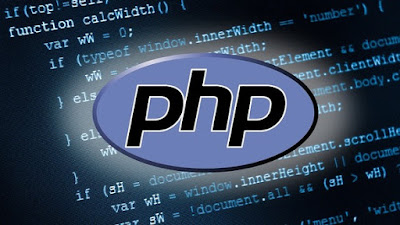Php Syntax Detail Discussion
This chapter will give you an idea of very basic syntax of PHP and very important to make your PHP foundation strong. Escaping to PHP The PHP parsing engine needs a way to differentiate PHP code from other elements in the page. The mechanism for doing so is known as 'escaping to PHP'. There are four ways to do this − Canonical PHP tags The most universally effective PHP tag style is − <?php...?> If you use this style, you can be positive that your tags will always be correctly interpreted. Short-open (SGML-style) tags Short or short-open tags look like this − <?...?> Short tags are, as one might expect, the shortest option You must do one of two things to enable PHP to recognize the tags − Choose the --enable-short-tags configuration option when you're building PHP. Set the short_open_tag setting in your php.ini file to on. This option must be disabled to parse XML with PHP because the same syntax is used for XML tags. ASP-style t...

